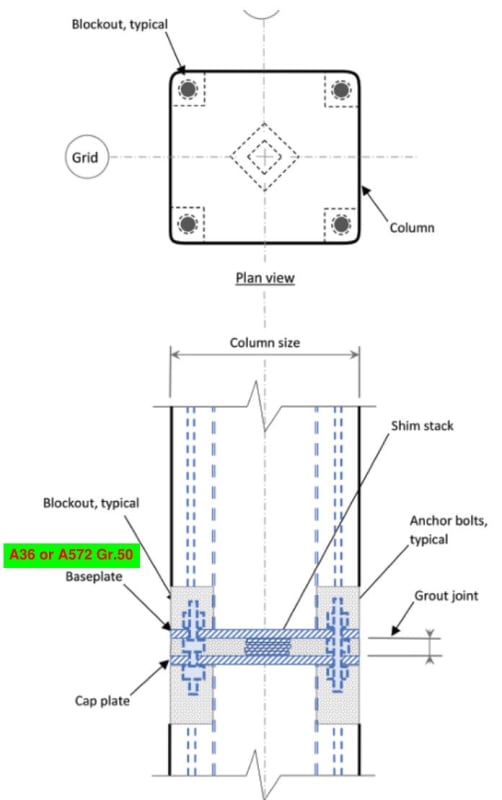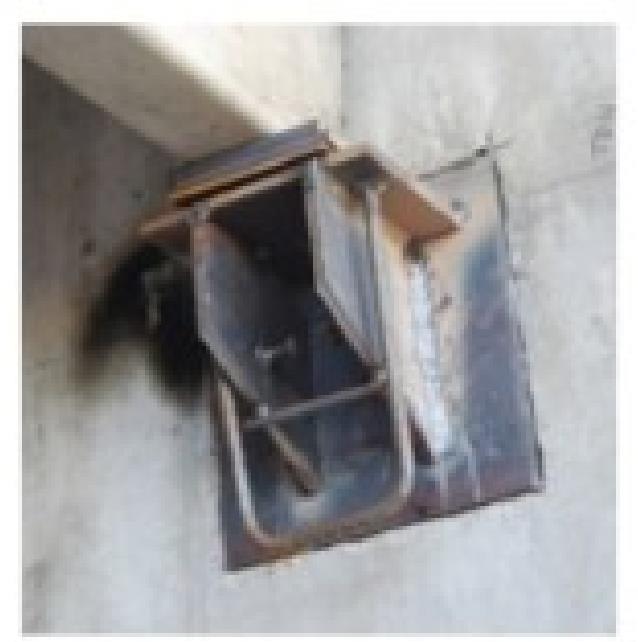Hi!
For precast concrete connection designs, generally A36 plates have been used.
Recently, I was told A572 Gr.50 was more popular in the steel market. Is it true?
Is it really difficult or no advantage to use A36 for connection design?
(Including logistics and cost comparison?)
When I substitute Gr. 50 and I can select thinner plates,
shouldn't there any concern about warping due to excessive welding heat?
(In the past, I sometimes heard complaints with A36 plates.)


Thanks!
_JRW
For precast concrete connection designs, generally A36 plates have been used.
Recently, I was told A572 Gr.50 was more popular in the steel market. Is it true?
Is it really difficult or no advantage to use A36 for connection design?
(Including logistics and cost comparison?)
When I substitute Gr. 50 and I can select thinner plates,
shouldn't there any concern about warping due to excessive welding heat?
(In the past, I sometimes heard complaints with A36 plates.)


Thanks!
_JRW
